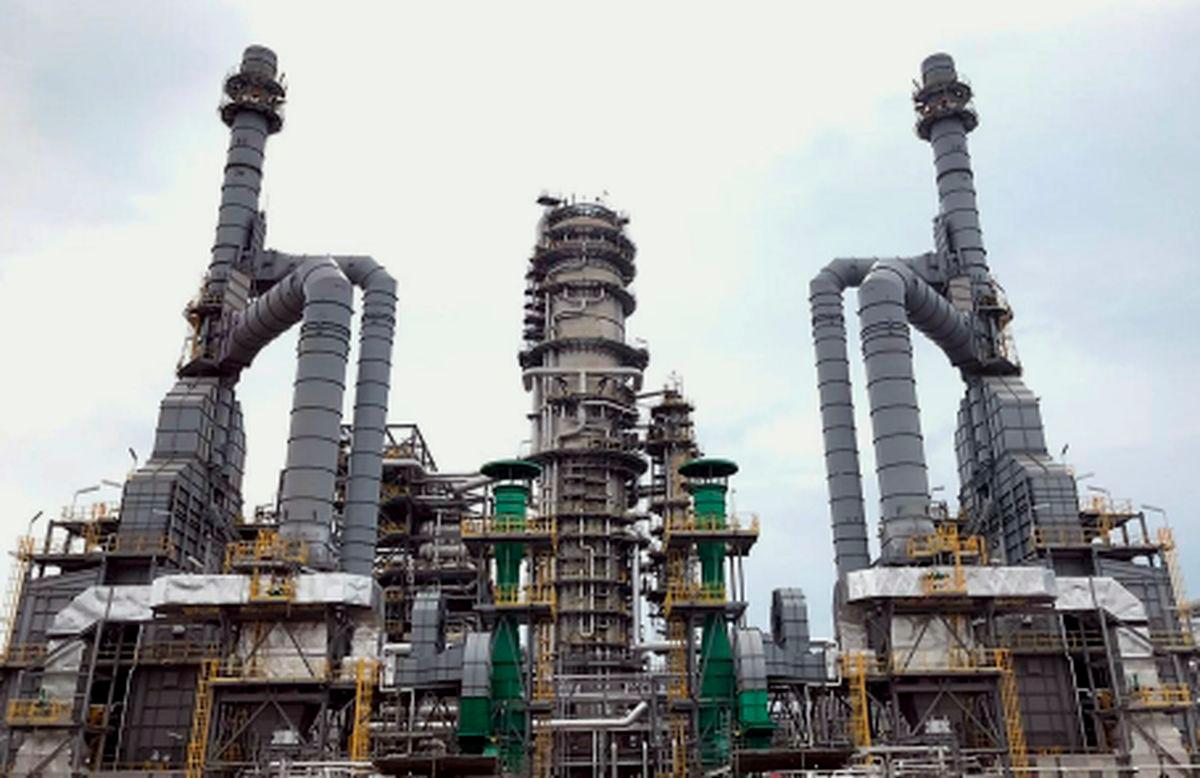KUALA LUMPUR: Crude oil prices are expected to remain under pressure and could fall below US$65 per barrel (pb) due to persistent oversupply and weaker demand projections, according to MIDF Amanah Investment Bank Bhd (MIDF Research).
However, MIDF Research noted that prices may stabilise over the longer term, even as inventories continue to rise. Sentiment surrounding trade policy developments between the United States (US) and China remains a significant risk to market movements, it said in a note today.
“Natural gas and liquified natural gas (LNG) are expected to see a rebound after May 2025’s maintenance round concluded for most of the global gas and LNG facilities.
“Nevertheless, the downside risks to the lower oil price remain on new exploration projects, but may be beneficial for onshore storage, long-term tankers and retail fuel,” it said.
MIDF Research opines that the scenarios of the global oil market and global economy will continue to keep Brent crude oil price within the US$60-65 pb range, averaging around US$62 pb in June 2025.
“This lower expectation is considering the risks of post-US trade tariff pause, as well as the stockpiling of oil inventories in the near term,” said MIDF Research.
Meanwhile, the investment bank said ASEAN collaborations have offered a brighter outlook for the oil and gas (O&G) sector.
MIDF Research stated that Petroliam Nasional Bhd (Petronas) is continuing its aggressive exploration and production (E&P) activities in the upstream sector, despite lower crude oil prices. Meanwhile, the midstream and downstream divisions are expected to turn towards sustainability and green energy solutions, integrating these initiatives into their operations.
“During the ASEAN summit that concluded in May 2025, the transportation and logistics of LNG and carbon capture and storage (CCS) were highlighted as strategic priorities for the region.
“More focus was set on renewable energy and hydrogen projects to be integrated with the conventional O&G developments, providing a balanced and sound energy transition as highlighted in Malaysia’s National Energy Transition Roadmap (NETR),” it noted.
MIDF Research added that regional cooperation is likely to expand through energy security, carbon credit management, Environmental Corporation America (ECA) compliance and CCS solutions.
“In addition, we opine that domestic demand and robust LNG exports will continue to locally support the sector.
“Overall, we retain a ‘Neutral’ view on the O&G sector, as it continues to face challenges, primarily from oil price volatility, driven by output hikes from the Organisation of the Petroleum Exporting Countries plus (OPEC+) and non-OPEC producers, including sluggish global demand due to tariff-related uncertainties,” it added.









